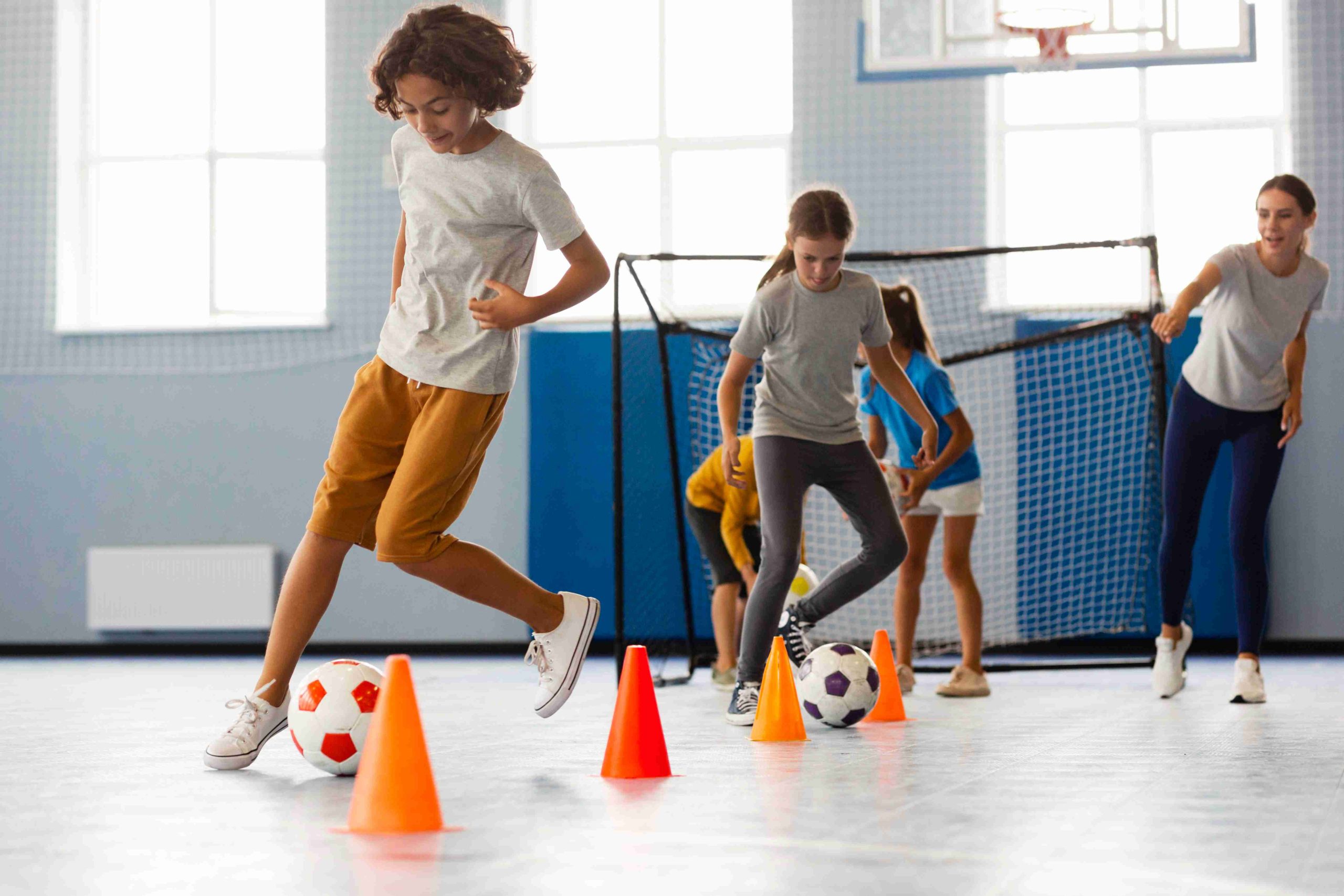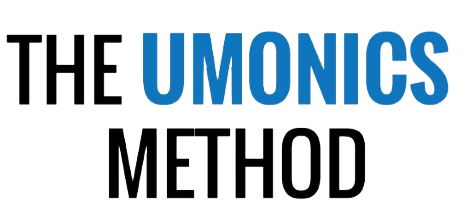
Embracing the Joy of Movement: Promoting Physical Activity for Preschoolers
Physical activity plays a vital role in the healthy development of preschoolers. It not only contributes to their physical well-being but also enhances cognitive function, social skills, and emotional well-being. In this article, we will explore the importance of physical activity for preschoolers and provide practical tips for incorporating movement into their daily lives.
The Importance of Physical Activity for Preschoolers
Physical activity is an essential component of a preschooler’s daily routine. Here are some key reasons why it should be prioritized:
Engaging in physical activities such as running, jumping, and climbing helps preschoolers develop and refine their gross motor skills. These skills form the foundation for more complex movements and activities as they grow.
Research shows that regular physical activity can improve cognitive function in preschoolers. Active play and movement stimulate brain development, enhance memory and attention span, and promote overall cognitive abilities.
Physical activity has a positive impact on a preschooler’s emotional well-being. It helps reduce stress, promotes better sleep patterns, and boosts mood by releasing endorphins, the body’s natural feel-good hormones.
Participating in physical activities provides opportunities for preschoolers to interact with their peers, practice cooperation, and develop important social skills such as sharing, taking turns, and resolving conflicts. It fosters teamwork, empathy, and communication skills.
Fun and Engaging Physical Activities for Preschoolers
Engaging preschoolers in physical activities can be both enjoyable and beneficial for their overall development. Here are some ideas for incorporating movement into their daily lives:
Encourage outdoor playtime, where preschoolers can freely explore and engage in activities such as running, jumping, swinging, and playing with balls. Outdoor play offers fresh air, exposure to nature, and ample space for active movements.
Organize simple and fun games that get preschoolers moving. Games like “Simon Says,” “Duck, Duck, Goose,” or “Musical Statues” promote coordination, balance, and listening skills. These games can be enjoyed both indoors and outdoors.
Turn on some lively music and encourage preschoolers to dance and move to the rhythm. Dancing improves coordination, balance, and flexibility while allowing children to express themselves creatively.
Create indoor or outdoor obstacle courses using household items or playground equipment. Preschoolers can crawl under tables, climb over cushions, balance on beams, and jump through hoops. This activity enhances motor skills, spatial awareness, and problem-solving abilities.
Take preschoolers on nature walks or hikes. Encourage them to observe plants, trees, and animals while enjoying the benefits of walking and exploring their surroundings.
Making Physical Activity a Priority
To ensure that preschoolers engage in regular physical activity, it is important to create a supportive environment and establish healthy habits. Here are some strategies to make physical activity a priority:
Incorporate dedicated time for physical activity in the daily schedule. Whether it’s a specific playtime, active breaks between learning activities, or family walks after dinner, consistency is key.
Be an active role model for preschoolers. Engage in physical activities yourself and involve them in your active routines. When they see you prioritizing movement, they are more likely to follow suit.
Minimize sedentary activities such as excessive screen time or sitting for prolonged periods. Encourage breaks for movement and limit screen time to ensure preschoolers have ample opportunities to be physically active.
Create safe indoor and outdoor environments where preschoolers can freely move and explore. Ensure that play areas are free from hazards and offer age-appropriate equipment.
Introduce preschoolers to a variety of physical activities to cater to their diverse interests and abilities. From sports to yoga, swimming to cycling, expose them to different options and let them choose activities they enjoy.
Involve the entire family in physical activities. Plan family outings, bike rides, or picnics that involve active play. This promotes bonding, creates positive memories, and encourages an active lifestyle for everyone.
Physical activity is an integral part of a preschooler’s development. By prioritizing movement, we contribute to their physical health, cognitive abilities, emotional well-being, and social skills. Let’s celebrate the joy of movement, provide opportunities for active play, and create a supportive environment that encourages preschoolers to embrace an active lifestyle. Together, we can nurture their love for physical activity and lay the foundation for a lifetime of health and happiness.
Overcoming Barriers and Promoting Physical Activity
While physical activity is important, there can be barriers that hinder preschoolers from engaging in regular movement. Let’s explore some common challenges and strategies to overcome them:
In today’s fast-paced world, time constraints can limit opportunities for physical activity. However, even short bursts of activity throughout the day can make a significant difference. Break up the day into smaller activity sessions and make the most of the available time. A few minutes of active play during breaks or incorporating movement into daily routines can add up.
Unfavorable weather can discourage outdoor play. On such days, plan indoor activities that involve movement. Set up an indoor obstacle course, engage in dance parties, or play active games that can be enjoyed within the confines of your home. Additionally, invest in raincoats, boots, and appropriate clothing to ensure outdoor play is still possible on mild rainy days.
Not everyone has access to large outdoor spaces or playgrounds. However, creativity can overcome this challenge. Look for local parks, community centers, or schools that offer open play areas. If outdoor spaces are limited, focus on indoor activities that promote movement, such as yoga, dance, or active play with soft balls or beanbags.
Concerns about safety can hinder parents’ willingness to allow preschoolers to engage in physical activities. While it’s important to ensure a safe environment, it’s equally crucial to provide opportunities for exploration and risk-taking within controlled boundaries. Supervise activities, create safe play spaces, and teach preschoolers about potential risks and how to navigate them safely.
Some parents may not fully appreciate the importance of physical activity for preschoolers. It’s essential to educate parents and caregivers about the benefits and encourage them to prioritize movement. Share information through workshops, parent meetings, or newsletters to raise awareness about the significance of physical activity in early childhood development.
The Role of Technology in Promoting Physical Activity
In today’s digital age, technology plays a significant role in the lives of preschoolers. While excessive screen time can be detrimental, it can also be used as a tool to promote physical activity. Here are some ways technology can be harnessed to encourage movement:
Utilize motion-based gaming consoles or interactive fitness games that require physical movement. These games provide an engaging way for preschoolers to be active while having fun.
Explore fitness apps or online platforms that offer child-friendly workouts or guided exercise routines. These resources provide a structured approach to physical activity and can be accessed from the comfort of home.
Consider enrolling preschoolers in virtual exercise classes tailored for their age group. These classes can include activities such as dance, yoga, or martial arts, and allow children to interact with instructors and peers while engaging in physical activity.
Encourage a balanced approach to screen time by setting limits and incorporating movement breaks during prolonged screen use. Establish rules that encourage preschoolers to engage in physical activities before or after screen time, creating a healthy balance between technology and movement.
Physical activity is a cornerstone of a preschooler’s healthy development. By recognizing the importance of movement, overcoming barriers, and harnessing the potential of technology, we can create an environment that fosters an active lifestyle for preschoolers. Let’s celebrate the joy of movement, encourage outdoor play, embrace indoor activities, and promote a well-rounded approach to physical activity. Together, we can empower preschoolers to grow and thrive through the power of movement.
Overcoming Barriers and Promoting Physical Activity
In today’s fast-paced world, finding time for physical activity can be a challenge. However, even short bursts of activity throughout the day can make a significant difference. Look for opportunities to incorporate movement into daily routines. Instead of driving, consider walking or biking to nearby destinations. Take the stairs instead of the elevator. Encourage active play during breaks or set aside dedicated time for physical activities in the morning or evening. Remember, every minute of movement counts.
Unfavorable weather can discourage outdoor play. On such days, plan indoor activities that involve movement. Set up an indoor obstacle course using pillows, cushions, and household items. Engage in dance parties or play active games like “Simon Says” or “Follow the Leader.” You can also invest in age-appropriate exercise videos or interactive fitness games that can be enjoyed indoors. Additionally, make sure to have appropriate clothing for different weather conditions, such as raincoats and boots, so that outdoor play is still possible on mild rainy days.
Not everyone has access to large outdoor spaces or playgrounds. However, creativity can overcome this challenge. Look for local parks, community centers, or schools that offer open play areas. Check if there are any indoor play areas or trampoline parks in your vicinity that cater to young children. If outdoor spaces are limited, focus on indoor activities that promote movement, such as yoga, dance, or active play with soft balls or beanbags. You can also explore local sports clubs or recreation centers that provide organized activities for preschoolers.
Concerns about safety can sometimes discourage parents from allowing preschoolers to engage in physical activities. While it’s important to ensure a safe environment, it’s equally crucial to provide opportunities for exploration and risk-taking within controlled boundaries. Supervise activities to ensure the safety of preschoolers, create safe play spaces at home or in community areas, and teach them about potential risks and how to navigate them safely. Encourage the use of helmets and safety gear when riding bikes or participating in activities that require protective equipment.
Some parents may not fully appreciate the importance of physical activity for preschoolers. It’s essential to educate parents and caregivers about the benefits and encourage them to prioritize movement. Share information through workshops, parent meetings, or newsletters to raise awareness about the significance of physical activity in early childhood development. Provide resources and tips on how to incorporate physical activity into daily routines. Highlight the positive effects of movement on physical health, cognitive abilities, emotional well-being, and social development.
The Role of Technology in Promoting Physical Activity
In today’s digital age, technology can either hinder or facilitate physical activity for preschoolers. By using technology wisely, we can harness its potential to encourage movement. Here are some ways technology can be used to promote physical activity:
Motion-based gaming consoles or interactive fitness games can provide an engaging way for preschoolers to be active while having fun. These games often require physical movement, such as dancing, jumping, or swinging, and can be enjoyed both alone and with friends or siblings. Encourage preschoolers to participate in active gaming as part of their playtime routine.
There are numerous fitness apps and online platforms that offer child-friendly workouts or guided exercise routines. These resources provide a structured approach to physical activity and can be accessed from the comfort of home. Look for apps or videos that cater specifically to preschoolers and offer activities suited to their age and abilities.
Consider enrolling preschoolers in virtual exercise classes tailored for their age group. Many fitness studios and instructors now offer online sessions that focus on activities like dance, yoga, or martial arts. These classes provide opportunities for preschoolers to interact with instructors and peers while engaging in physical activity. Virtual classes also offer the convenience of participating from home.
It’s important to strike a balance between screen time and physical activity. While technology can be a useful tool for promoting movement, excessive screen time can have negative effects on a preschooler’s health and development. Set limits on screen time and encourage preschoolers to engage in physical activities before or after screen use. Establish clear rules and boundaries, and encourage other forms of play and movement that don’t involve screens.
Physical activity is a vital aspect of a preschooler’s overall development. By recognizing and addressing the barriers to physical activity, we can create an environment that encourages movement and supports the healthy growth of preschoolers. Whether it’s finding creative ways to overcome time constraints, adapting to different weather conditions, ensuring safety, raising awareness about the importance of physical activity, or utilizing technology wisely, every effort counts. Let’s embrace the joy of movement and provide preschoolers with ample opportunities to be active, thrive, and enjoy a healthy and active lifestyle.


